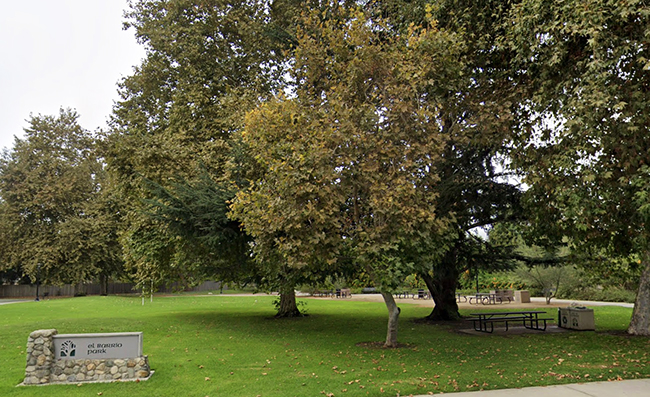A balancing act: progress and continuity
By Steve Rodriguez
Special to the Courier
In a passage from the World War II novel, “From Here to Eternity,” a U.S. Army captain based at Hawaii’s Schofield Barracks contemplates how he “liked to climb the stairs to HQ building. They did not look like concrete, they looked like old marble streaked gray and black. Age had polished down the once porous concrete and rounded the raw edges with rain and feet, and given it a smooth slick gloss. When the stains were wet they always caught and perpetuated the rainbow, like a promise. There will always be an Army, they said to him.”
The passage reflects a common human desire for continuity. In the face of inevitable change, it can be comforting to count on a beloved institution always being there to evoke proud memories and carry on its original vision. And like the stairs, a familiar object or landscape feature can embody that continuity.
As a 1977 Claremont McKenna College grad, my campus visits always evoke great memories of days gone by. Though it has evolved, plenty of familiar foundations still exist to stir up fond remembrances. But the visits don’t limit me to waxing nostalgically. They also fill me with pride for the present, and trust in the future. I marvel at how much more aesthetically pleasing the campus has become over the years. The grounds appear green and lush (in a drought-resistant way), more inviting than when I attended. New buildings add an improved style to a campus best described in the smoggy 1970s as Spartan-like. Each visit encourages me to believe this great academic institution will continue to excel and live on forever.
Nevertheless, a recent CMC development seemed to pose a threat to that concept of continuity. In May I attended a campus event marking the last baseball game to be played at CMC’s Arce Baseball Field. As a former Stag baseball player, I was saddened to learn a place where I experienced such intense fun and friendship with teammates — one that continues to evoke warm memories — was scheduled to be plowed over in favor of a new science building. The new Arce Field will eventually be built in the quarry on the other side of Claremont Boulevard.
I found this change hard to take. Those intense athletic experiences made Arce Field a place where I could easily conjure up vivid and pleasant sensations from my playing days. Unfortunately, the idea I long took for granted — initiated as an undergrad and subsequently reinforced at annual alumni ball games — that Arce Field would always be there, was now completely disabused.
Sure, I eventually thought, we alumni could still gather at the new Arce Field in years to come, but would it ever be the same? Wouldn’t such familiar sensations as the particular feel of the sunlight or breeze on a spring baseball Saturday feel a bit off?
But on that May Saturday afternoon I drew hope from an important realization: the changes I have witnessed in Claremont since the ‘70s are for the better. From the perspective of an alum now living in San Diego, I know the Claremont air is much cleaner and healthier, the Village is far more vibrant, and as previously mentioned, the CMC campus is more attractive and welcoming. Based on such favorable progress, why not anticipate the same for the new ball field? Furthermore, CMC’s respect for continuity appears strong; after all, present at the ceremony was Coach Arce’s granddaughter, a CMC senior about to graduate. Representing the college’s lineage, Caitlyn Arce delivered a speech to former players that reflected her grandfather’s spirit. She made clear his vision for the baseball program, one that promised to produce dedicated scholar-athletes, continues to be honored.
Similar to the sentiment expressed in the literary passage above, I could see that the program’s pursuit of classroom and ball field excellence will be perpetuated. This was the actual promise; the original ball field was just one embodiment of that undertaking.
Seeing recent photos of the now bulldozed field remains unsettling, but I am further reassured after reading in the latest issue of CMC’s Profile alumni magazine that a City of Claremont architectural commission member, upon originally seeing plans for the new science building, aptly remarked, “This is our future history.” I hope the same is eventually said about the new ball field.
With the old ball field gone, I may have to work harder at conjuring up aging personal reminisces, but my faith in that rare combination of progress and continuity is affirmed.
Steve Rodriguez is a retired U.S. Marine Corps officer and retired high school teacher. His work has appeared in the Times of San Diego and the Voice of San Diego.








0 Comments